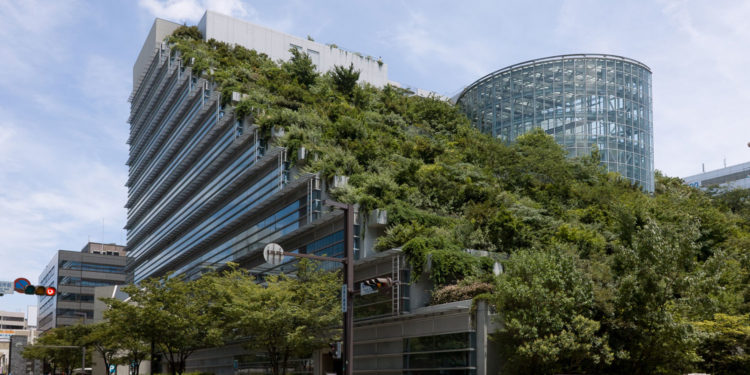Sustainable real estate development entails the integration of environmentally friendly practices across the entire life cycle of a building, from design and construction to operation, eventual demolition, or reuse. The objective is to minimize the environmental impact of real estate projects while fostering social and economic sustainability. Here, we explore key practices aimed at achieving sustainability.
The use of environmentally friendly materials significantly contributes to sustainability in real estate. This involves employing materials with recycled content or reclaimed from prior construction projects, thereby reducing the demand for new resources and minimizing the environmental impact during construction through the adoption of eco-friendly construction techniques and materials.
In Kenya, developers have undertaken initiatives to achieve sustainable real estate development. An exemplary case is the Purple Tower, which adhered to the standards set by the International Finance Corporation (IFC). This standard seeks to encourage the creation of eco-friendly and resource-efficient buildings in developing economies through innovative design and construction practices.
The integration of renewable energy methods plays a crucial role in achieving sustainability. By utilizing renewable energy sources like solar panels and wind turbines, on-site energy generation is promoted, reducing dependence on traditional power sources. This approach also encompasses the installation of energy-efficient HVAC systems, smart building technologies, and other systems to optimize energy use.
Efficient water management involves implementing strategies to control stormwater runoff, including the use of porous pavements, green roofs, and bio-retention systems. These measures mitigate water pollution and alleviate stress on local water systems.
Furthermore, green building design stands out as a prominent method to attain sustainability in real estate. It incorporates energy-efficient design principles to reduce energy consumption, such as optimizing building orientation, utilizing high-performance insulation, and installing energy-efficient windows and lighting systems. Additionally, water-efficient technologies like low-flow fixtures, rainwater harvesting, and drought-resistant landscaping are implemented to minimize water consumption.
Through the adoption of these practices, participants in the real estate industry can create buildings and communities that are inherently reliable, socially equitable, and financially viable over the long term.


















